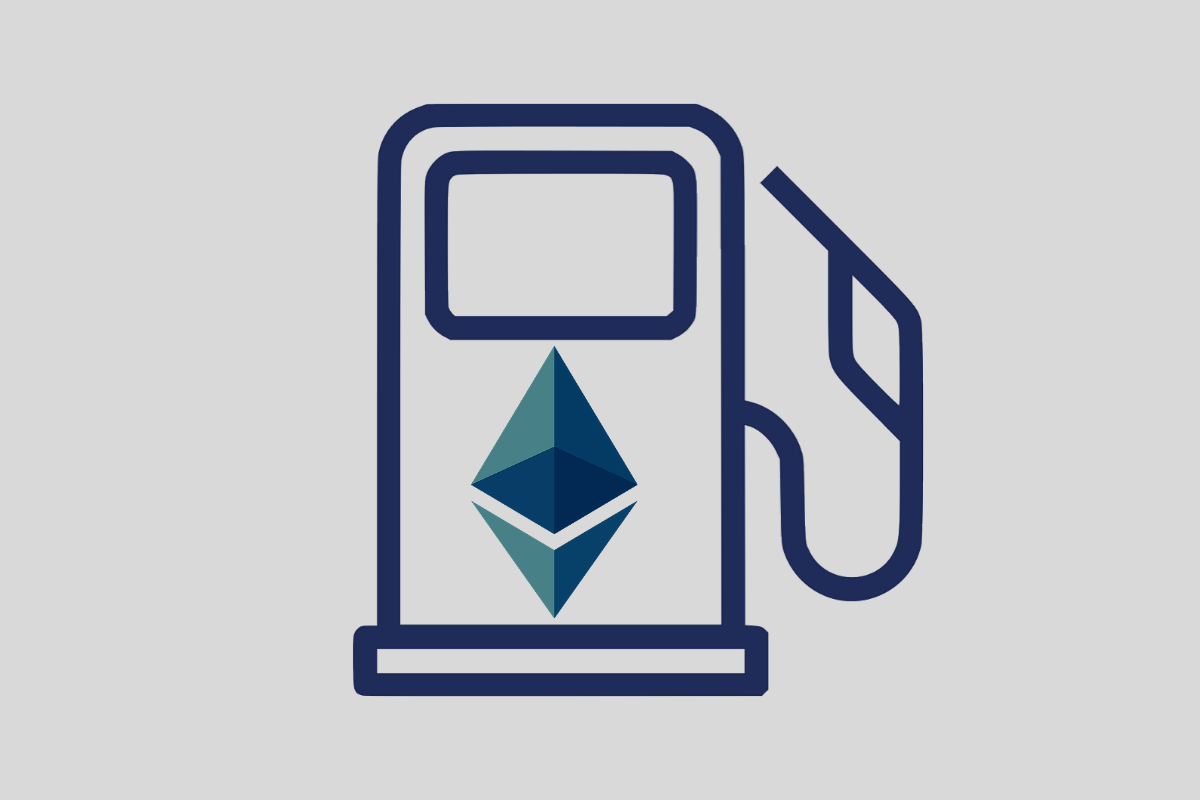
👾 Game Master
6/21/2022, 3:21:36 PM
Cryptocurrency
Welcome to the Decentralized World!
In the previous articles, the fundamental mechanism of the decentralized system and de-fi was introduced. In a nutshell, the highlight of a decentralized system is the lack of a centralized “controller” to manipulate the system’s rules and orders. Instead, advanced programs are embedded to supervise the system and avoid malicious actions. In the financial world, increasing cool applications of decentralization are being used to construct a more convenient and efficient ecosystem. Among all the applications, the most popular and widely used approach so far is cryptocurrency.
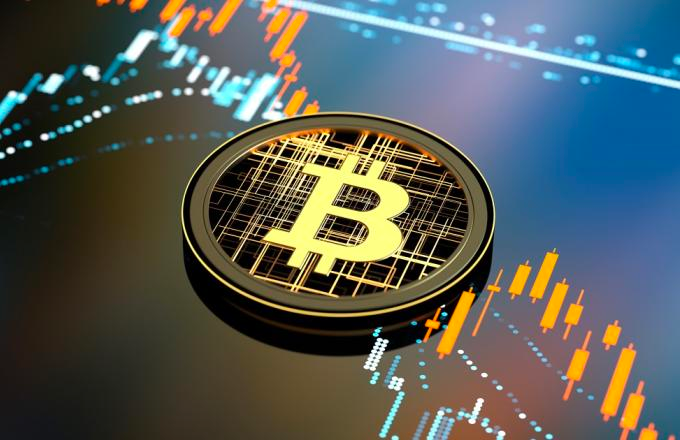
What is Cryptocurrency?
Cryptocurrency, as its name implies, is a type of currency that applied the cryptography mechanism. Its core principle is similar to other fiat money, such as the US dollar or Euro. People can use cryptocurrencies for consumption, transactions, and even as a funding source to start new companies (by the way, these companies are generally called DAO & dAPP). However, cryptocurrency differs from the currencies we used every day because there is no government behind the currency, which means the exchange rate and the currency value solely depend on the market’s attitude instead of government interventions.
Although there is no government intervention in a decentralized ecosystem, there are ways to avoid fraud transactions. Cryptocurrencies are built on blockchains, and some embedded technologies can effectively help supervise the transactions. Such transactions include Hash and Smart Contract. Nevertheless, there is still a security risk, which is called the 51% Attack.
Today, some of the most commonly used cryptocurrencies are Bitcoin, Ethereum, and Cardano. In the following texts, further information on Ethereum will be provided.
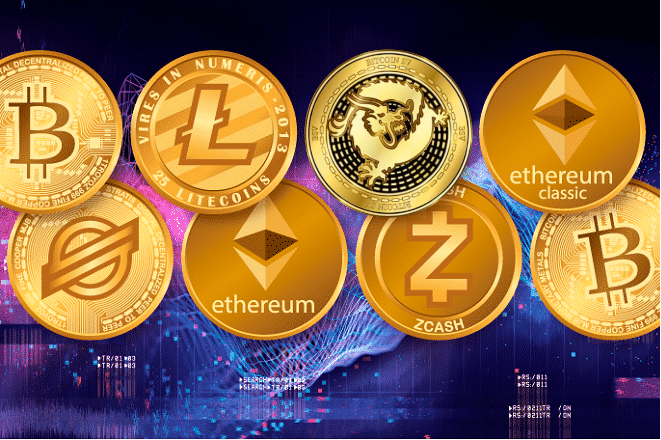
Image source: https://www.trustetc.com/wp-content/uploads/2018/09/8crypto.png
What is Ethereum? Why Is It So Popular?
Ethereum is one of the most popular and commonly used cryptocurrencies because its blockchain and embedded technology all experienced a whole evolution compared to Bitcoin. Also, compared to the newer cryptocurrencies, Ethereum had already established a solid customer base, which had constructed a diverse ecosystem on Ethereum. Businesses such as DAO & dAPP, NFT, Part II: Applications of Defi - Centralized Derivatives and Decentralized Derivatives, Part III: Applications of Defi - Metaverse all made Ethereum a unique and functional system.
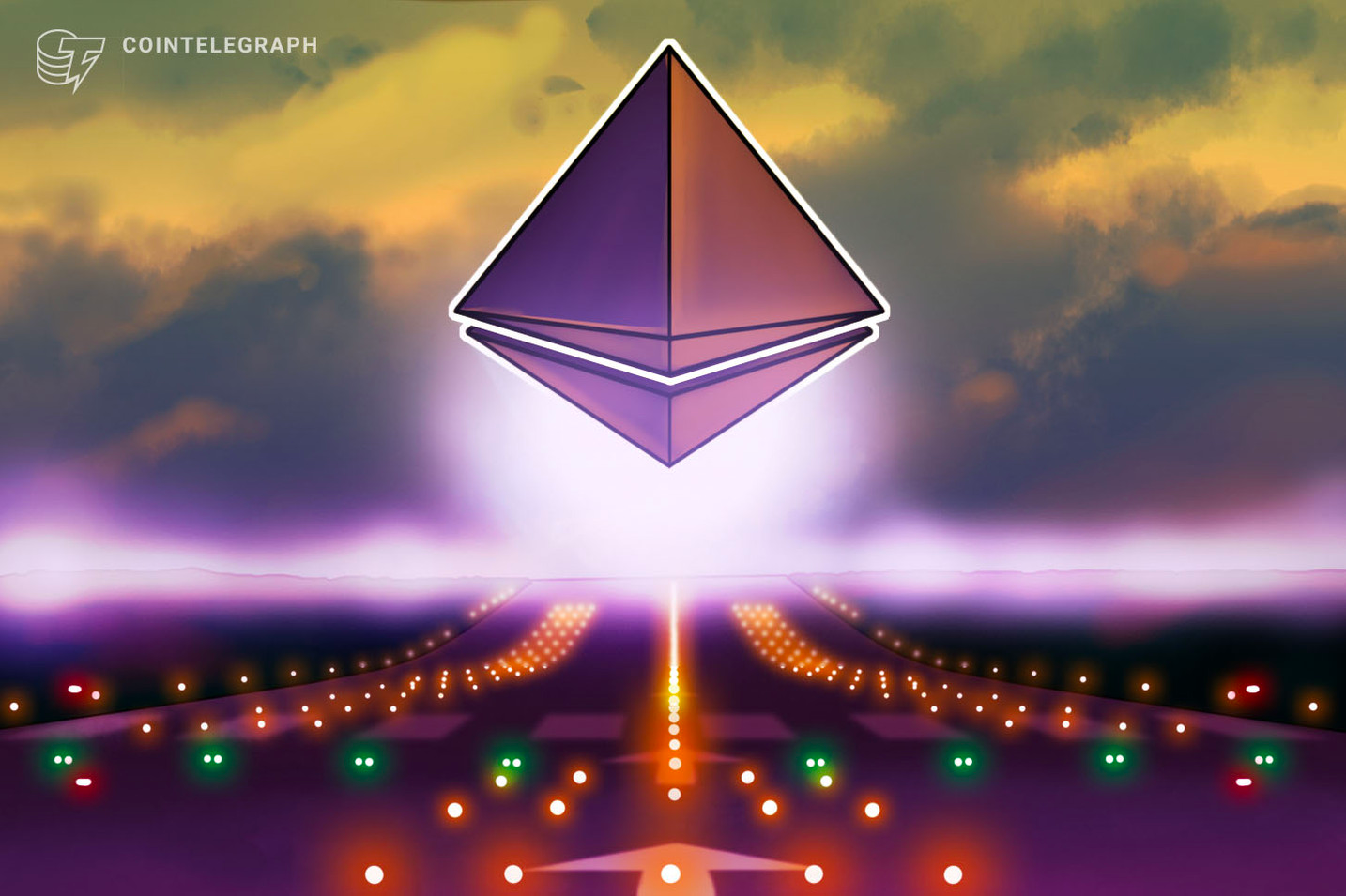
In 2013, programmer Vitalik Buterin and his cofounders (including Gavin Wood, Charles Hoskinson, Anthony Di Iorio, and Joseph Lubin) proposed the Ethereum white paper. The network eventually went publically available on July 30th, 2015. Ethereum provides a decentralized and open-source network. Ether was the native cryptocurrency embedded in the Ethereum system. Ethereum ushered a vast improvement in the De-Fi world. New concepts are introduced, including Smart Contract and PoS.
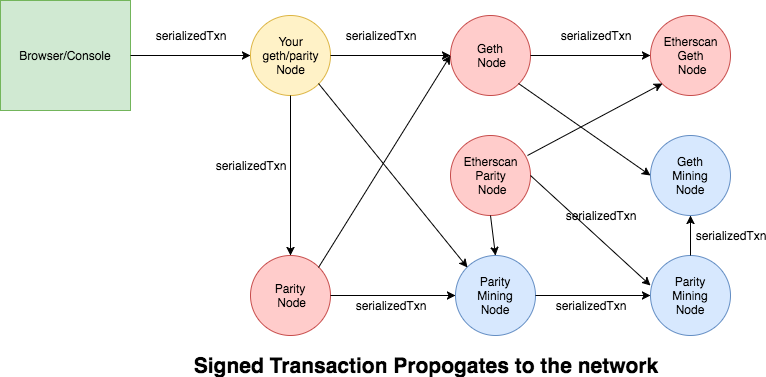
Gas
One other unique aspect of Ethereum is GAS. Gas is a unit used to calculate transaction fees. Transaction senders must pay miners who help add the transaction to the blockchain a certain amount of fee to reward their work. When a sender creates a transaction, they must also include a specific amount of Ether. There are two types of gas fees:
- Gas Limit: The maximum amount of gas the sender is willing to use
- Gas Price: A per unit of gas price the sender is willing to pay
After the sender set the gas price and the transaction details, the fee will be automatically deducted from their account. If in the end, the transaction did not go through, the money will be refunded.
